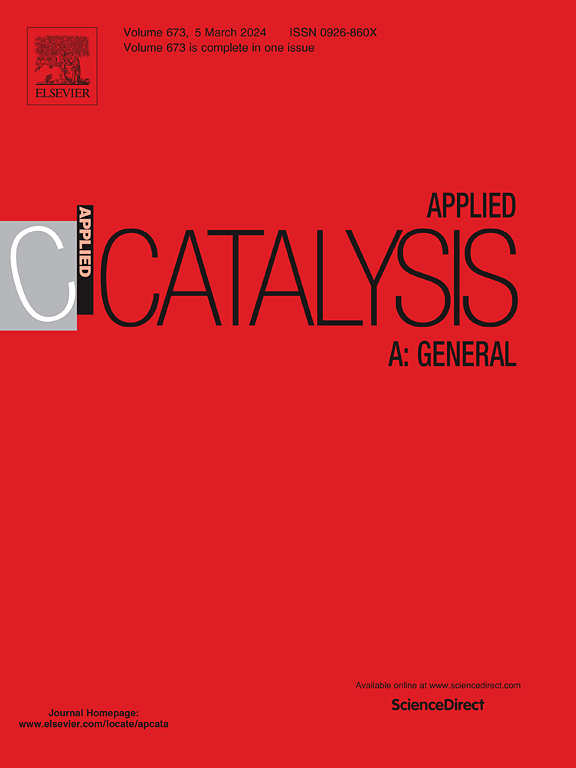Al(CH3COO)₃和Al₂(SO₄)₃在CO2和N2气氛下催化重油水热裂解效果的比较研究
IF 4.8
2区 化学
Q2 CHEMISTRY, PHYSICAL
引用次数: 0
摘要
水溶性催化剂在稠油萃取技术的发展中起着关键作用。本研究合成并表征了Al(CH3COO)3和Al2(SO4)3两种催化剂。在300°C的CO2和N2常压条件下进行24 h的水热裂解处理重油过程中,对它们的催化效率进行了评估。实验结果证实,在CO2存在下,与Al2(SO4)3发生了显著的相互作用,这有助于催化剂活性位点的修饰,从而提高了其在各种反应中的催化活性,如脱氢、加氢和破坏C-杂原子键。因此,与重油相比,油样中的粘度降低80%,硫含量降低31%,树脂含量降低45.8%,沥青质含量降低30.8%。这些重大改进突出了在水热裂解中使用水溶性铝催化剂的重要性,为开发更高效的烃处理技术开辟了新的前景。本文章由计算机程序翻译,如有差异,请以英文原文为准。

Comparative study of the catalytic effects of Al(CH3COO)₃ and Al₂(SO₄)₃ on heavy oil aquathermolysis in CO2 and N2 atmospheres
Water-soluble catalysts play a key role in the development of heavy oil extraction technologies. In this study, two types of catalysts were synthesized and characterized: Al(CH3COO)3 and Al2(SO4)3. Their catalytic efficiency was evaluated during the processing of heavy oil using aquathermolysis under atmospheric conditions of CO2 and N2 at 300 °C for 24 h. Experimental results confirmed that in the presence of CO2, significant interaction occurs with Al2(SO4)3, which contributes to the modification of the catalyst's active sites and, as a consequence, increases its catalytic activity in various reactions such as dehydrogenation, hydrogenation, and breaking C-heteroatom bonds. This, in turn, leads to an 80% reduction in viscosity, as well as a 31% decrease in sulfur content, a 45.8% reduction in resins, and a 30.8% decrease in asphaltenes in oil samples compared to the heavy oil. These significant improvements in heavy oil processing highlight the importance of using water-soluble aluminum catalysts in aquathermolysis, opening new prospects for the development of more efficient hydrocarbon processing technologies.
求助全文
通过发布文献求助,成功后即可免费获取论文全文。
去求助
来源期刊

Applied Catalysis A: General
化学-环境科学
CiteScore
9.00
自引率
5.50%
发文量
415
审稿时长
24 days
期刊介绍:
Applied Catalysis A: General publishes original papers on all aspects of catalysis of basic and practical interest to chemical scientists in both industrial and academic fields, with an emphasis onnew understanding of catalysts and catalytic reactions, new catalytic materials, new techniques, and new processes, especially those that have potential practical implications.
Papers that report results of a thorough study or optimization of systems or processes that are well understood, widely studied, or minor variations of known ones are discouraged. Authors should include statements in a separate section "Justification for Publication" of how the manuscript fits the scope of the journal in the cover letter to the editors. Submissions without such justification will be rejected without review.
 求助内容:
求助内容: 应助结果提醒方式:
应助结果提醒方式:


